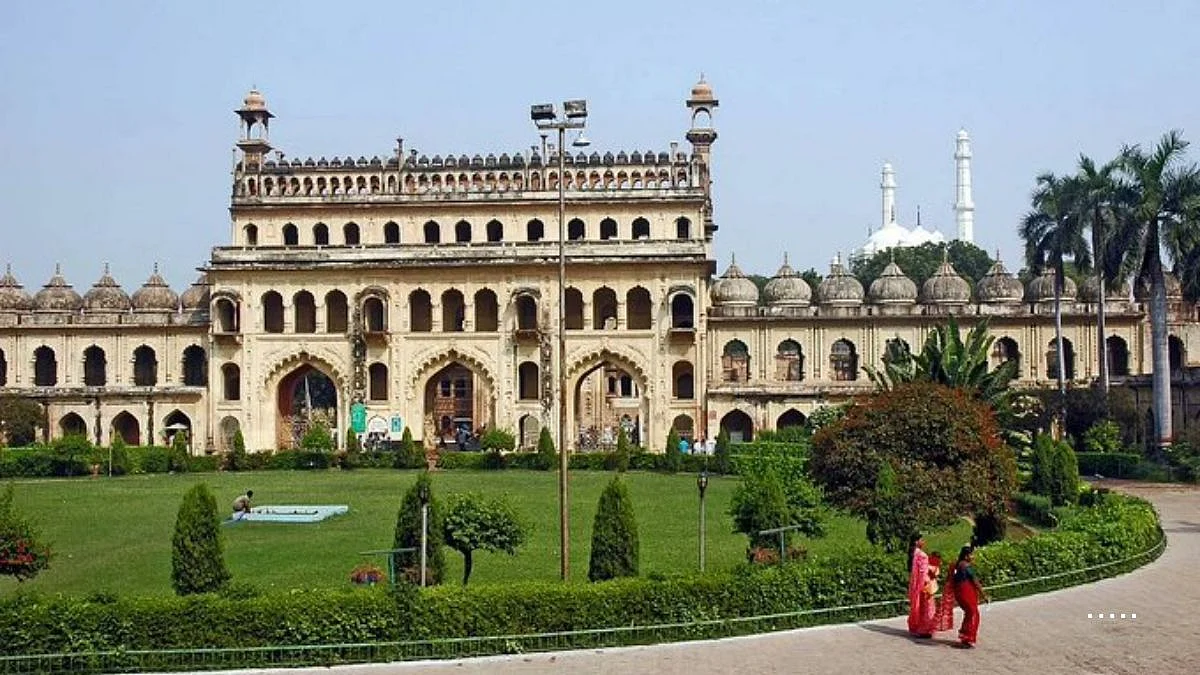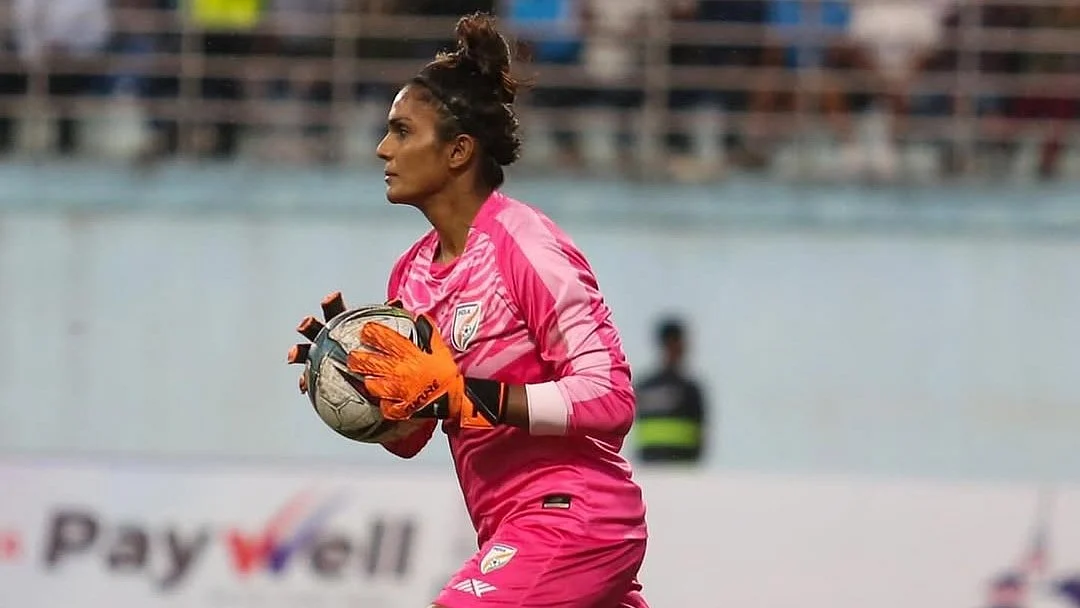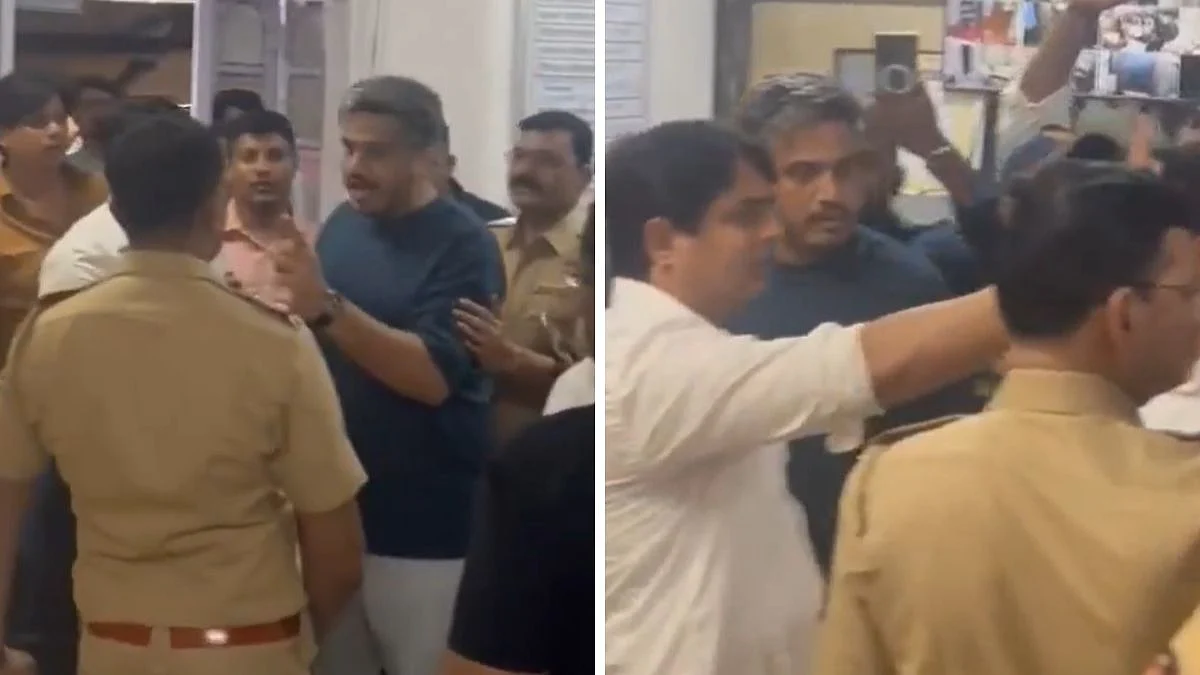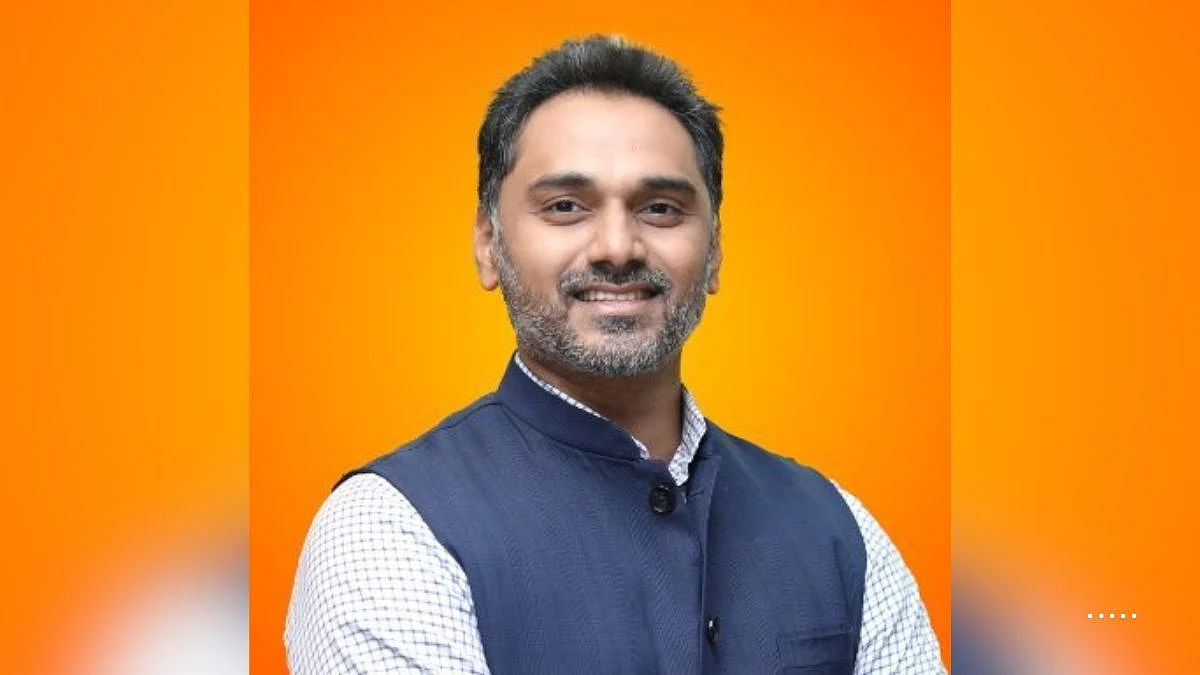The water level in the seven lakes that supply water to Mumbai has crossed 79.95 percent on Friday. The water level in the lakes was 41.47 percent this time last year.
The lakes and dam reservoirs that supply drinking water to Mumbai are Tulsi, Tansa, Vihar, Bhatsa, Modak Sagar, Upper Vaitarna, and Middle Vaitarna.
According to data shared by BMC, the seven lakes have 11,57,161 million litres of water or 79.95 percent as recorded on Friday, against the full capacity, which is around 14.47 lakh million litres. Last year, during the same time, water stock was at 41.47% with 6,00,158 million litres, while in 2019 the water stock was 12,79,136 million litres.
Two key sources of potable water for Mumbai - Tansa and Modak Sagar lakes - started overflowing on July 22nd, the city civic body said. While Vihar and Tulsi lake overflowed on July 18th and 16th respectively.
The water level in Tansa is at 99.02 percent, as per the latest update.
At Modak Sagar, 99.82% of water stock is available, Middle Vaitarna 82.28%, Upper Vaitarna has 65.52%, Bhatsa 75.46%, Vihar 100% and Tulsi has 100% of useful water level.
Check detailed water level here:
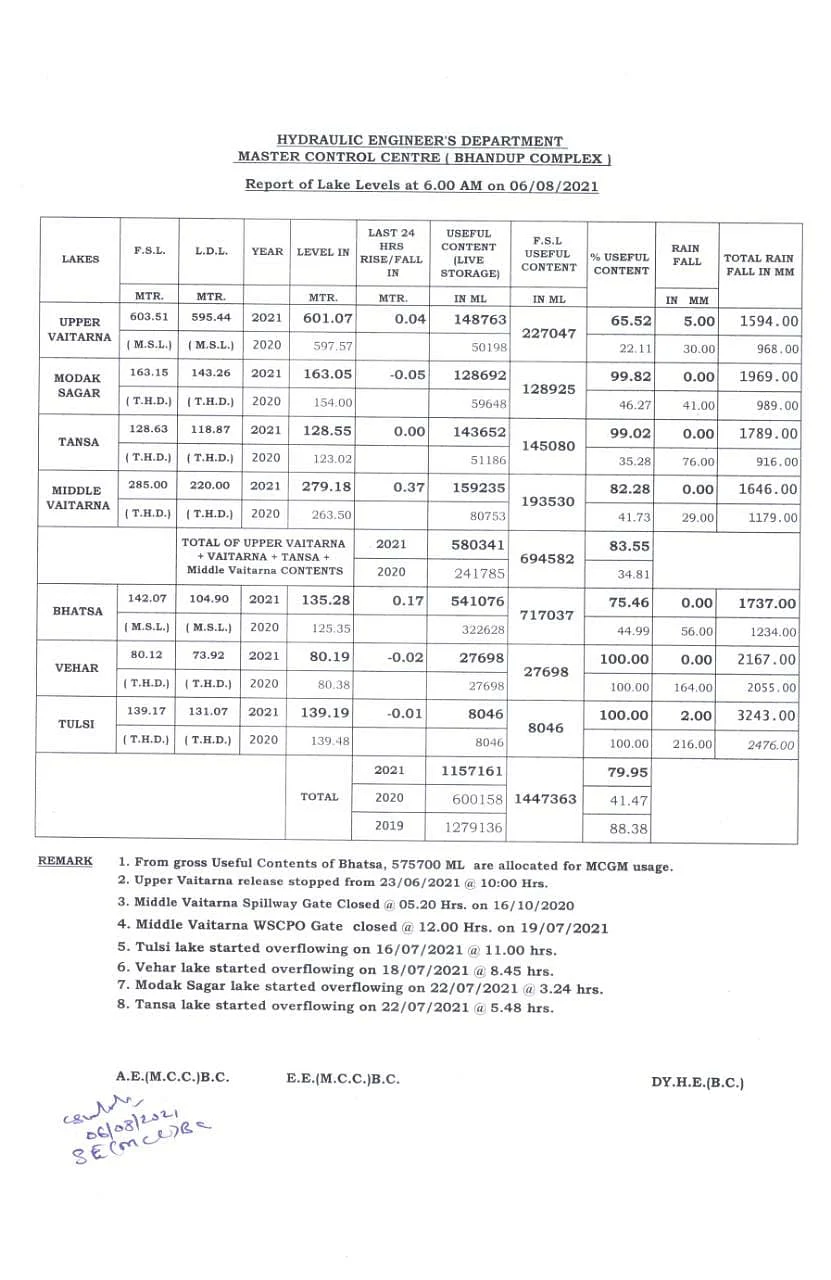
Mumbai: Click here for water level in city's seven lakes as issued by BMC on August 6 | BMC
The India Meteorological Department (IMD) in its 24-hour forecast has predicted light to moderate rainfall in the city and suburbs with occasional intense spells on Friday.
The IMD on Friday said that the island city, eastern suburbs and western suburbs recorded 0.95 mm, 0.62 mm and 0.94 mm rain, respectively, in the last 24 hours.
When there is a high tide during the rainy season, it becomes difficult for the flooded water to recede. Low tide helps floodwaters in the city to find an outlet to enter the seas.
IMD's Santacruz observatory on Friday recorded the maximum temperature at 31.8 degrees Celsius, while the Colaba observatory recorded a maximum temperature of 31.2 degrees Celsius. The Santacruz observatory in the western suburbs recorded a minimum temperature of 27 degrees Celsius, while the Colaba observatory also recorded a minimum temperature of 26.5 degrees Celsius.
Meanwhile, the IMD has said that from June 1 to July 31, the city received 2,087.2 mm rainfall. This is 94.6 per cent of the monsoon long-period average of 2,205 mm rain, as per the Indian Meteorological Department (IMD). Of this, 961.4 mm was recorded in June, which is also more than the monthly (June) normal of 505 mm. In July, the city received 1,125.9 mm rainfall.
(With inputs from agencies)

